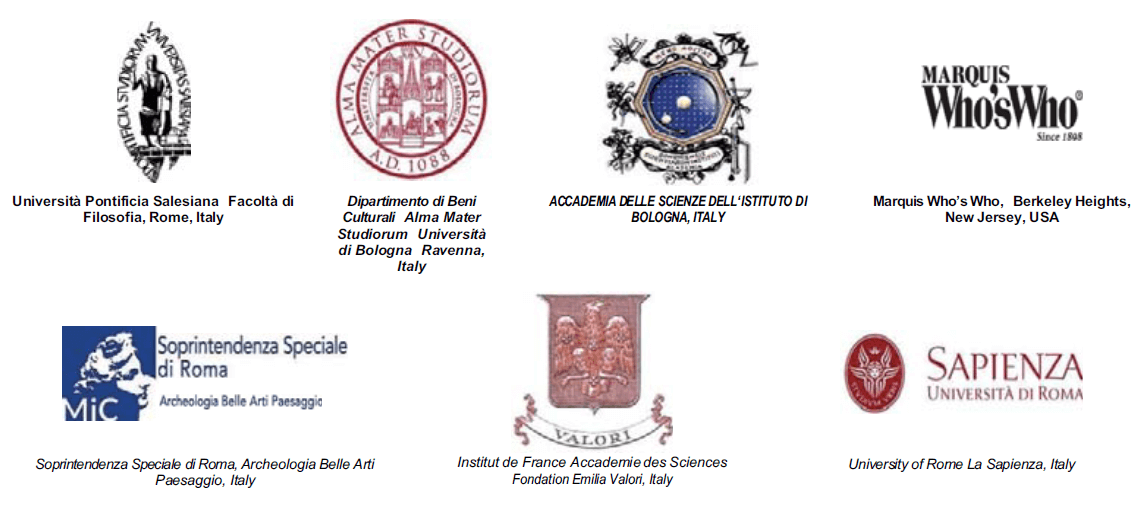Biotechnology a Source of Knowledge in Agreement with Green Strategies for the Conservation of Cultural Assets
DOI:
https://doi.org/10.6092/issn.1973-9494/9991Keywords:
biodeterioration, integrated approach, bioactive molecules, green biocideAbstract
In this study, conservative strategies are applied in order to limit any irreversible damage and to characterize and quantify microbial colonization that may induce the deterioration of constitutive heritage materials; subsequently, suitable antimicrobial interventions are performed based on the use of biotechnology. This paper presents a summary of the basic and applied biotechnology research developed in the Laboratory of Biology and Biotechnology for Cultural Heritage (LaBBCH, University of Palermo, Italy). It shows that biotechnology has an evidently important role in the preservation and restoration of cultural assets, also taking into consideration that “Prevention is better than cure”, a milestone in the field of human health that can be shifted and applied to the “cure and preservation” of cultural assets. Moreover, biotechnological tools offer great potential for application, thanks to the increasing interaction between the worlds of art and science, thus opening the way for advanced innovation in the conservation and restoration field of art works.Downloads
Published
2020-03-18
How to Cite
Palla, F., Rotolo, V., & Giordano, A. (2019). Biotechnology a Source of Knowledge in Agreement with Green Strategies for the Conservation of Cultural Assets. Conservation Science in Cultural Heritage, 19(1), 69–80. https://doi.org/10.6092/issn.1973-9494/9991
Issue
Section
Articles
License
Copyright (c) 2019 Franco Palla, Valentina Rotolo, Ambra Giordano
Copyrights and publishing rights of all the texts on this journal belong to the respective authors without restrictions. Authors grant the journal right of first publication.
This journal is licensed under a Creative Commons Attribution 4.0 International License (full legal code).
See also our Open Access Policy.






